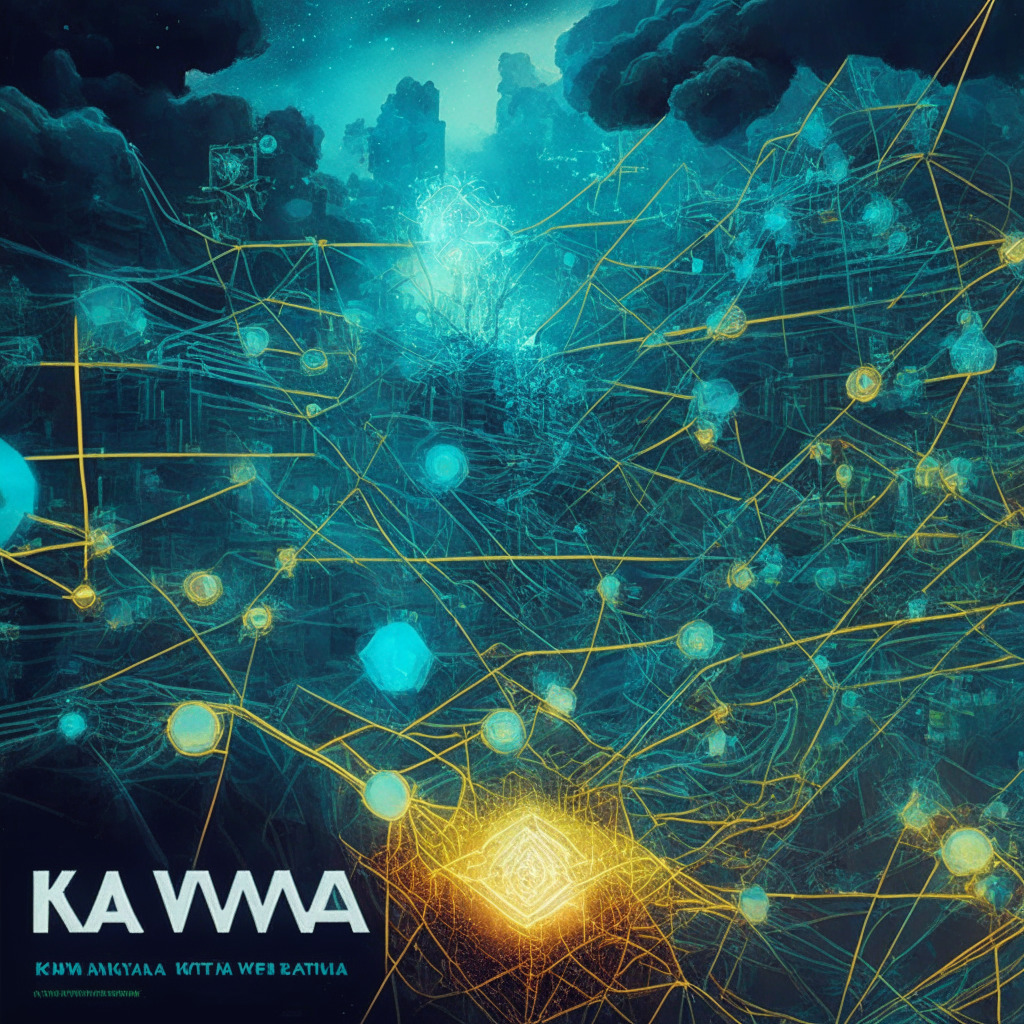As a leading figure in the Austrian Digital Asset Association and CEO of The People’s SCE, Bernhard Blaha has recently illuminated the concept of deposit tokens. They share traits with stablecoins, but are specifically issued by private banks. While some might downplay it as nothing more than fancy jargon, Blaha contends that the introduction of such coins could offer a promising bridge for institutional investment into the crypto market, and could consequently boost consumer trust.
Although deposit tokens resemble stablecoins, Blaha dismisses the idea of linking them with Central Bank Digital Currencies (CBDCs), which encompass a wider scope. Instead, he encapsulates deposit tokens as “hybrids”- stable currencies come by way of banking institutions.
In a somewhat hard-line stance, Blaha states, “I have a very harsh opinion on deposit tokens. Because technically, and legally speaking, deposit tokens are nothing but marketing lingo… That is not technological advancement.” According to him, while private banks are forging ahead with their significant contribution of deposit tokens to the crypto dialogue, crypto firms and central banks are venturing forth into the territories of stablecoins and CBDCs respectively.
The nuanced differences between stablecoins and deposit tokens are worth noting. Firstly, banks issue deposit tokens, whilst a more diverse array of companies issue stablecoins. Secondly, stemming from their banking origins, deposit tokens may offer a deposit guarantee unlike their stablecoin counterparts. Lastly, regulation varies: in the EU, the issuer of a deposit token must hold a banking license, whereas regulation under the new Markets in Crypto-Assets law is mandatory for feasible stablecoin issuance.
Blaha argues that the role of deposit tokens extends far beyond pure semantics and marketing tactics. Banks still command consumer trust, and the notion of deposit tokens could rekindle confidence in the crypto market, which wavered after the Terra/LUNA drop. Big financial players delving into deposit tokens invites institutional investors, such as hedge funds, into the sphere of cryptocurrency, signifying a monumental shift.
Deposit tokens and stablecoins aren’t in a survival of the fittest battle. In Blaha’s opinion, these elements, together with CBDCs, likely fulfill individual applications while coexisting. Undoubtedly, the advent of deposit tokens signifies crypto’s broader acceptance amongst the financial community. Yet, their necessity of bank accounts may keep stablecoins’ appeal alive. These tokens are an entrance portal to cryptocurrencies, paving the path to a forthcoming surge of tokenized assets in various blockchains, hence catering to a variety of institutional investors.
Source: Cryptonews




